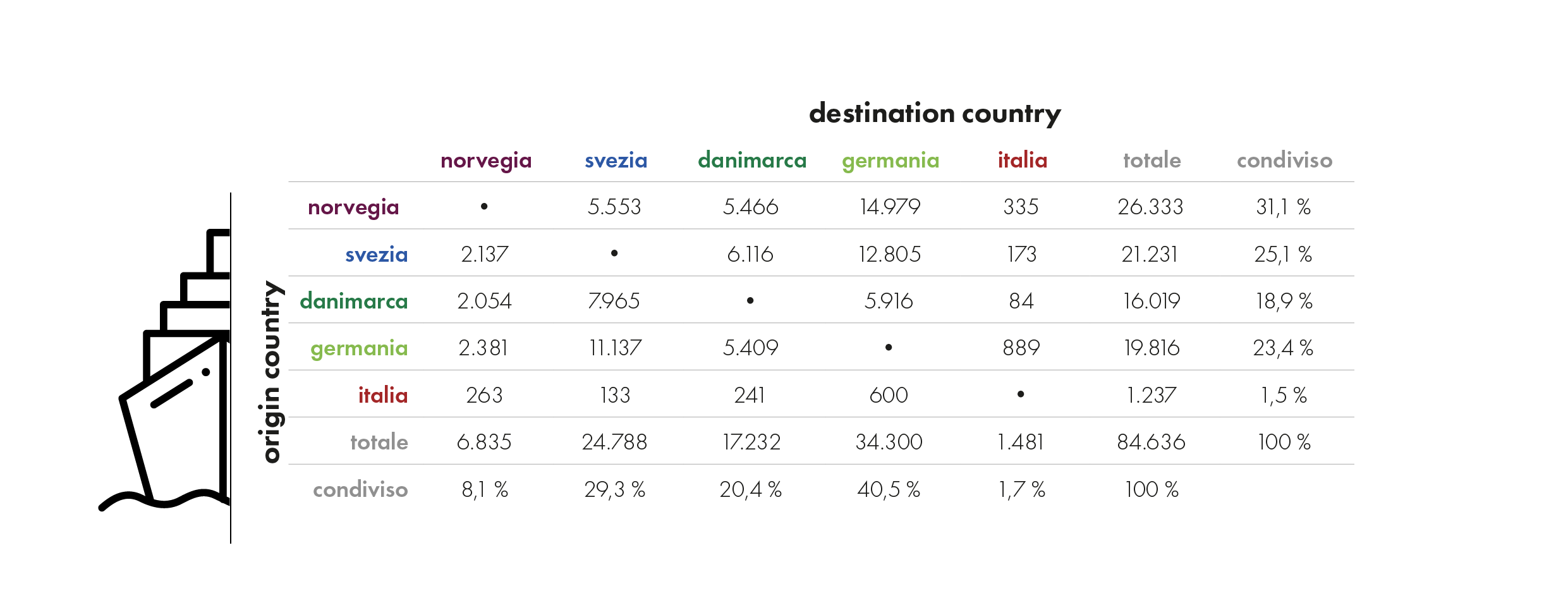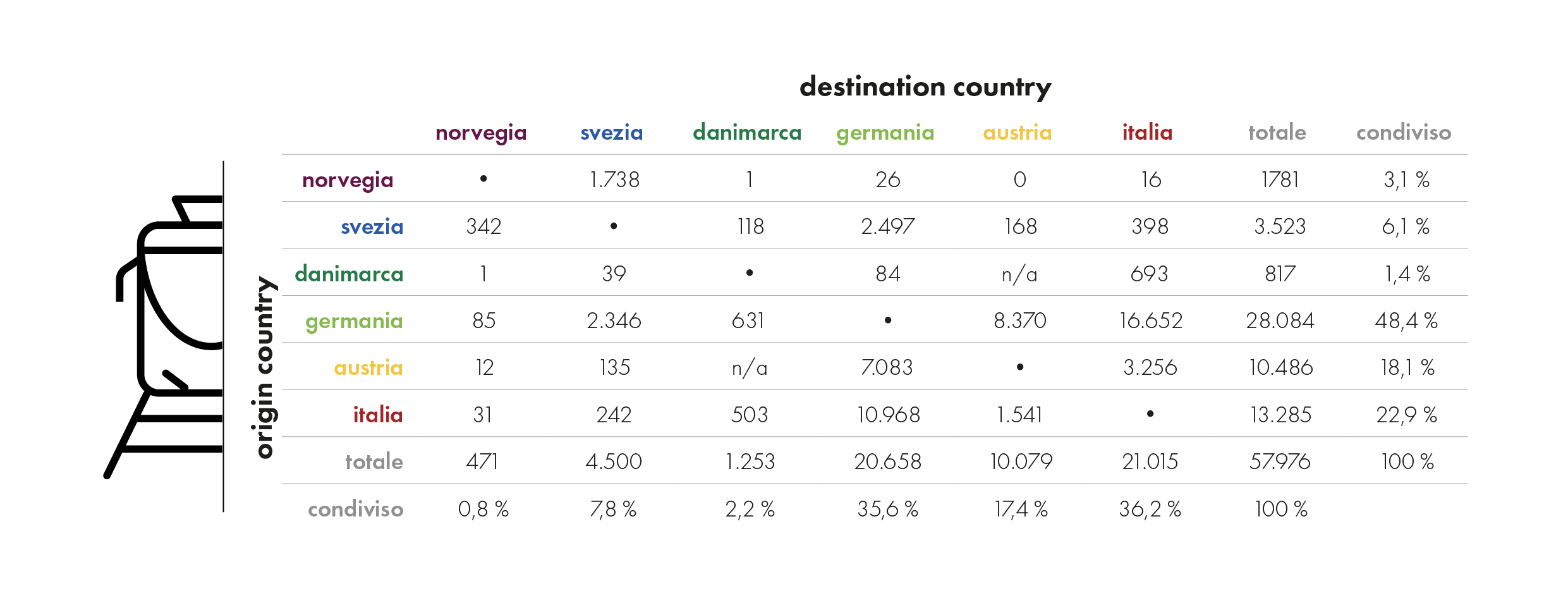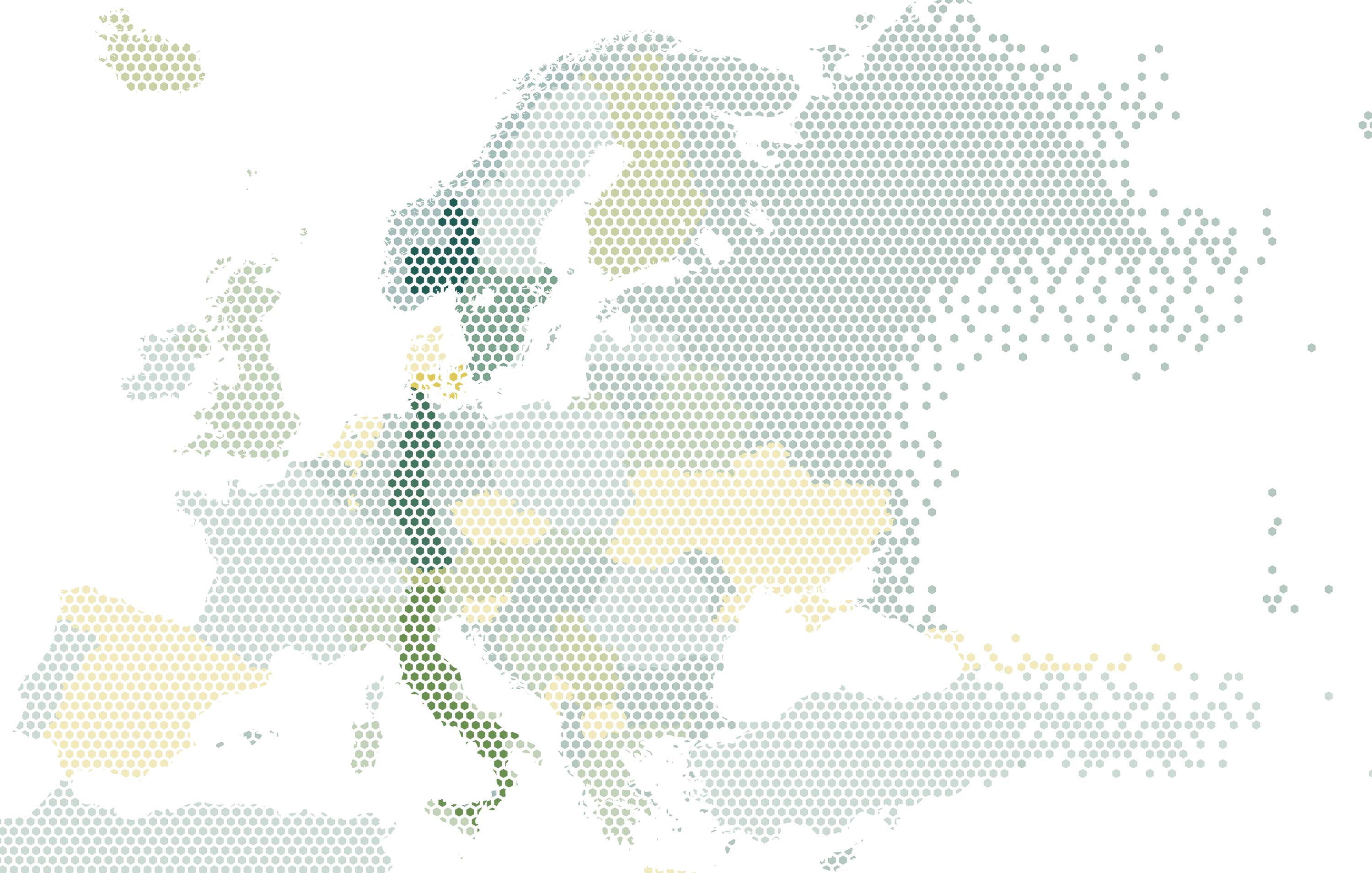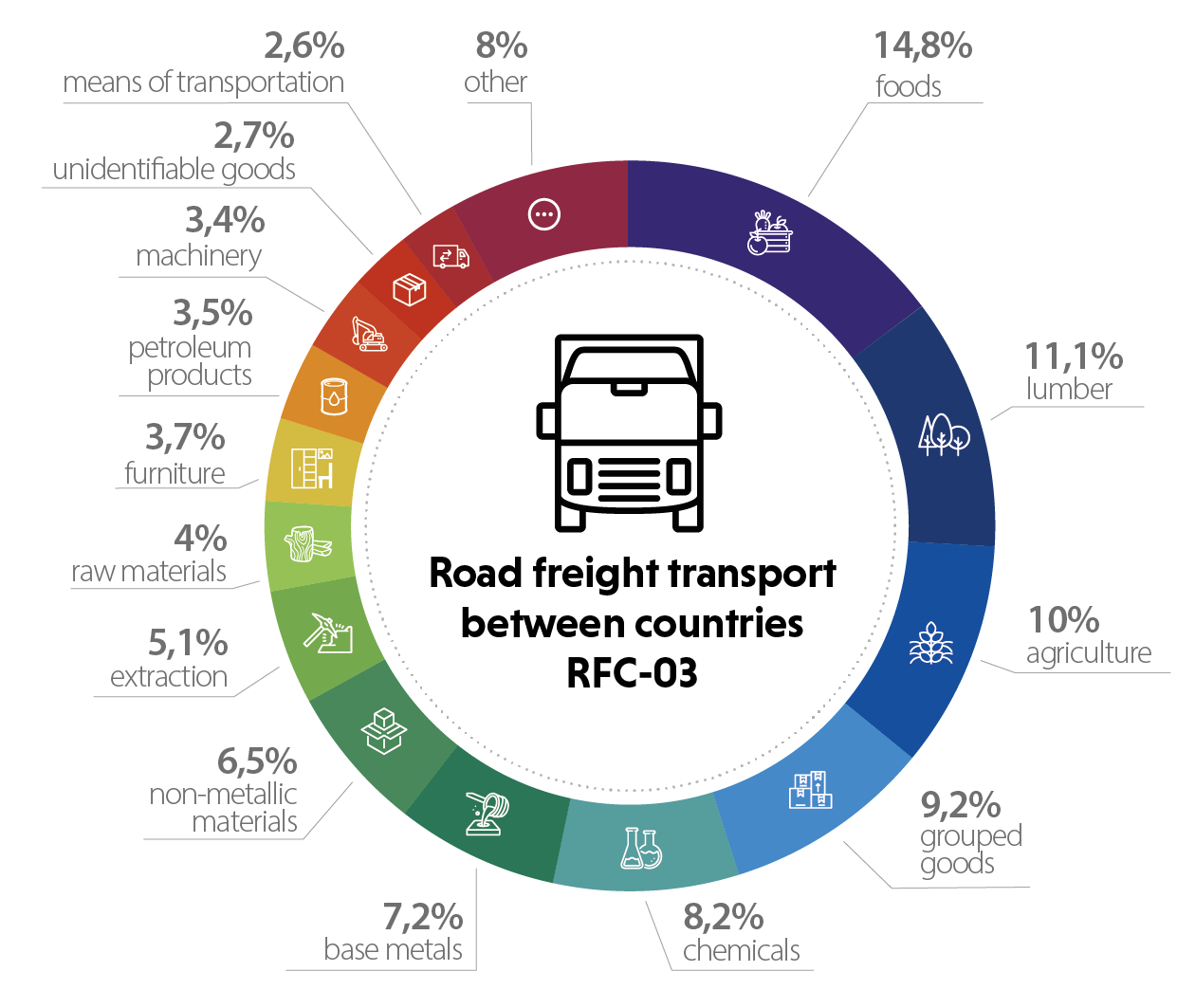ScanMed Transport Market Study (TMS)
A study for the development of the European North-South commercial railway corridor.
After recognising the relevance of the system of railway services for sustainable growth, the European Union implemented the first nine railway corridors for freight transport and a package of measures to improve the competitivity of railway freight transport on these corridors with Regulation EU 913/2010. The measures concerned technical, technological, infrastructural, legislative and regulatory aspects intended to facilitate the exchange of goods reducing the costs of movement, times and procedures.
The Transport Market Study is a tool that enables the analysis of the demand needs of the various stakeholders in the countries crossed by the corridors, the indication of the critical points from the technical, economic, social and political (meaning transport policy) points of view, the current system performance to be checked and new estimates made in relation to the reference time frames or when many of the large-scale works in progress have been completed.
Against this background, and in the sphere of an international group of sector experts, NET Engineering developed the market study of one of the most relevant, longest and most complex corridors, that also has more critical points – Rail Freight Corridor no. 3 (RFC 3) ‘Oslo/Stockholm-Malmö-Copenhagen-Hamburg-Innsbruck-Verona-Palermo’.
Consistent with the requests of the tender, the group consisted of experts from each of the countries crossed – a German (who was also concerned with the Austrian section), a Dane, a Swede and an Italian. A unique discussion experience with different approaches, different methods and different ways of relating to others.
The study was essentially divided into various key topics:
- An assessment of the current situation in the freight transport market and the forecast of development for all methods of transport based on annual Eurostat data and social-economic trends (please note that the freight transport market, especially in Italy, is extremely fragmented and there are no sources of official data with enough detail for an in-depth study);
- Analysis of the strong and weak points, the opportunities and threats (SWOT) of railway freight traffic in the corridor relating to how the implementation of alternative intervention scenarios could have marked railway freight traffic along it;
- Definition of operational and organisational action for railway freight traffic to improve the competitivity of the railway sector and adequately satisfy the demands of the market.
The heart of the project was the organisation of interviews adapted to the stakeholders (logistic centres, port authorities and port operators, large production centres, logistic companies, railway companies, etc.) to understand their problems, needs and expectations. The interviews not only concerned aspects relating to current movement requirements and the needs and expectations for future time frames but also enabled a ‘geography’ of the choices, reasons, elements and criteria behind the dynamics of movement to be reconstructed. These dynamics go far beyond the statistics and enable the numbers to be read from a new, wider standpoint which not only goes beyond national boundaries but sees the whole movement from the origins in the production sites of the Far East.
This was a profoundly Community project which explored the important topic of European mobility corridors including their dynamics, critical points and prospects for the future from the quality and quantity points of view.





